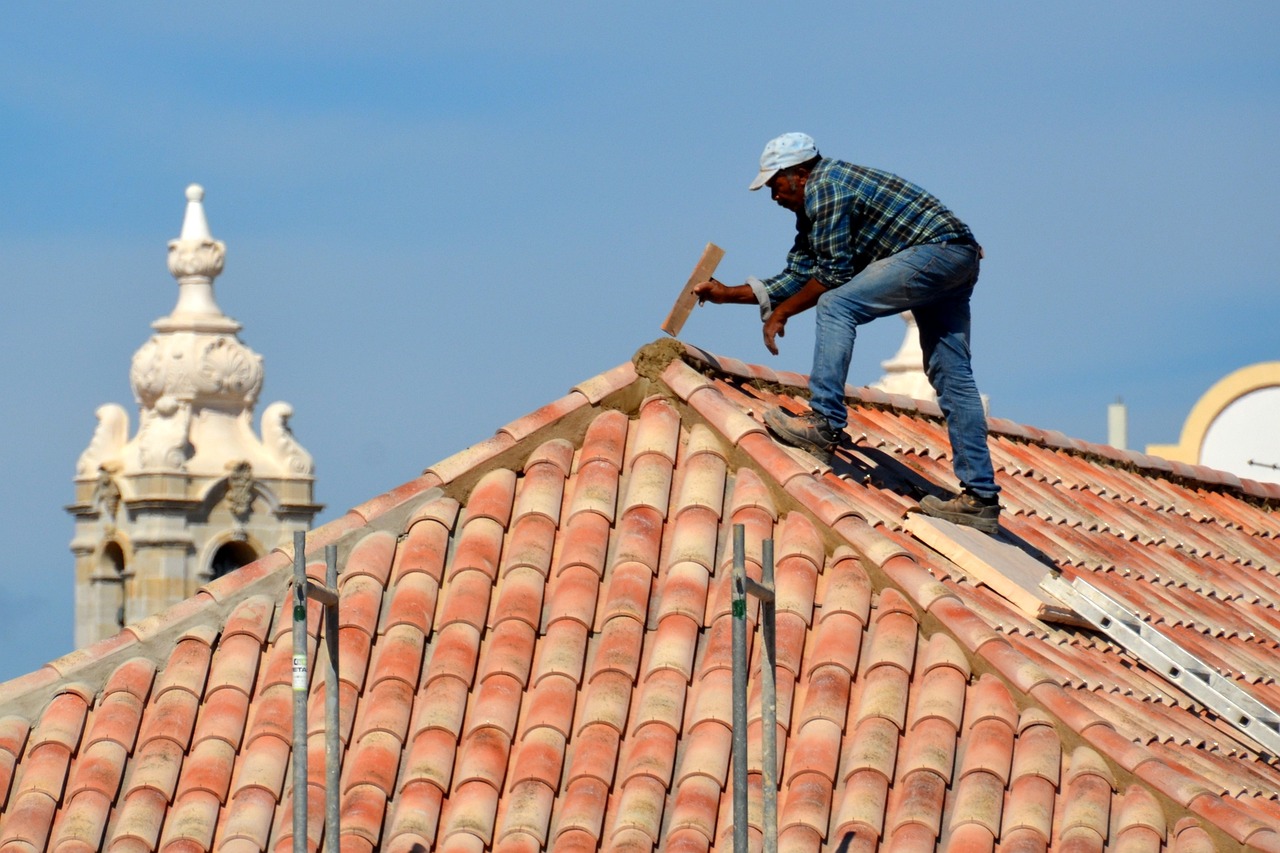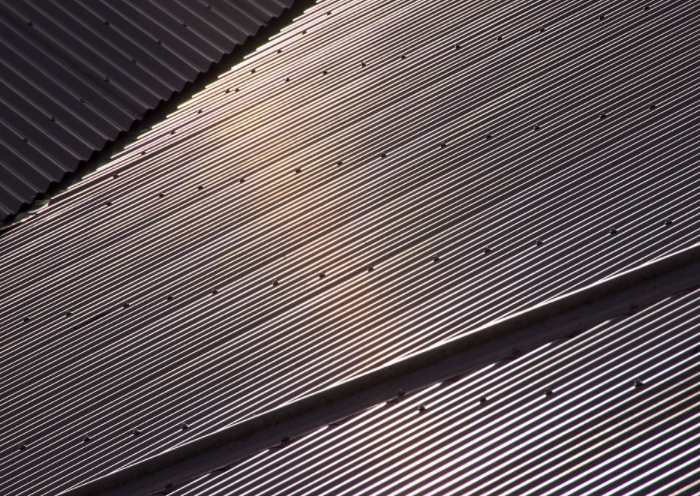The Smart Roofer’s Toolbox: Exploring the Latest Technological Innovations in Roofing
Roofing is an essential aspect of any building, providing protection and structural integrity. With advancements in technology, the roofing industry has witnessed significant innovations that enhance efficiency, durability, and safety. This article delves into cutting-edge technological innovations in roofing, which have transformed the way roofs are designed, installed, and maintained. If you need roof inspection twin cities, you can visit this site for reliable and professional services.
Solar Roofing
As renewable energy gains prominence, solar roofing has emerged as a game-changer in the industry. Solar roof tiles and panels seamlessly integrate with the roof’s design, converting sunlight into electricity while maintaining the aesthetic appeal of the building. These innovative solutions provide homeowners with sustainable energy options, reducing reliance on traditional power sources and lowering electricity bills.

Drones and Aerial Imaging
One of the most impactful innovations in the roofing industry is the use of drones for aerial imaging. Drones equipped with high-resolution cameras can capture detailed images of roofs, enabling roofers to detect flaws, identify areas of concern, and plan repairs or replacements accurately. This technology eliminates the need for manual inspections that can be time-consuming and dangerous. With aerial imaging, roofers can assess the condition of the roof, measure accurate dimensions, and generate 3D models, facilitating precise cost estimation and efficient project management.
Self-Repairing Roofing Materials
Self-repairing roofing materials have emerged as a reliable solution to address the common issues of roof leaks and water damage. These cutting-edge materials are engineered with the ability to detect leaks and initiate repairs autonomously. Utilizing nanotechnology and shape-memory polymer systems, these materials can self-seal cracks, preventing further water penetration. By minimizing the risk of water damage, self-repairing roofing materials enhance the longevity of roofs, reduce maintenance costs, and ensure the protection of the underlying structure.
Smart Roofing Systems
Integrating advanced sensors, connectivity, and automation, smart roofing systems provide real-time monitoring and control of various roof parameters. These intelligent systems can measure roof temperature and humidity levels and even detect potential structural issues such as sagging or stress points. By continuously collecting data, smart roofing systems enable proactive maintenance, allowing roofers to address potential problems before they escalate. In addition, these systems can optimize energy consumption by adjusting ventilation and insulation based on weather conditions and occupancy patterns, resulting in improved energy efficiency and cost savings.
The roofing industry has undergone a remarkable transformation due to technological advancements. The four innovations discussed here, including drones for aerial imaging, solar roofing, self-repairing materials, and smart roofing systems, have revolutionized the way roofs are designed, installed, and maintained.…



